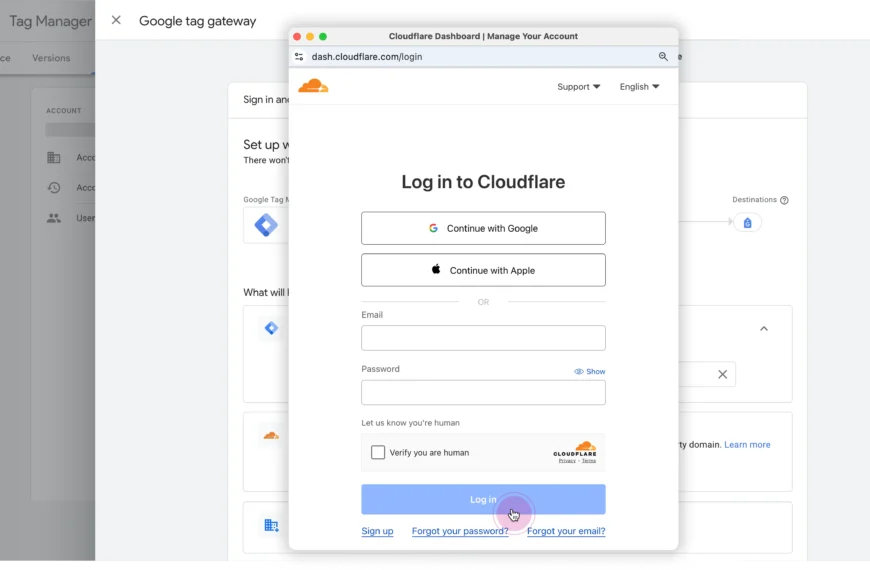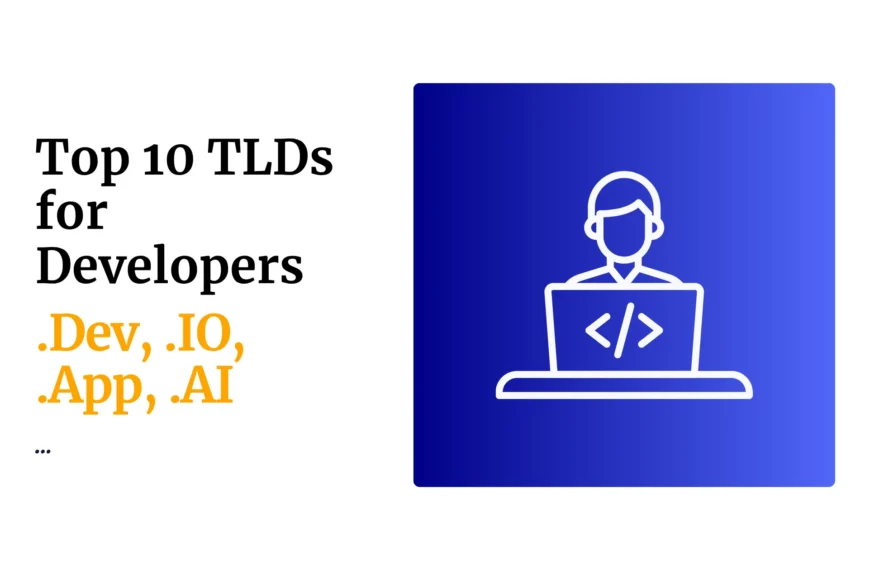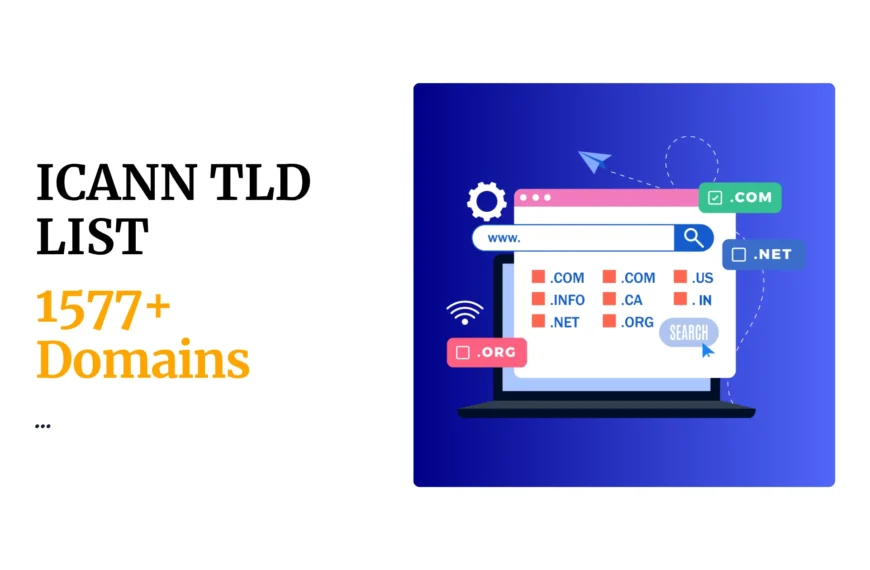Last updated on June 8th, 2025 at 08:39 pm
Have you ever asked yourself if it’s really worth having a website in 2025?
As more people use social media and mobile apps, you might wonder if a website still matters for your work, business, or side project.

Having a website is still one of the best ways to reach more people, build trust, and keep your information easy to find.
A website gives anyone, anywhere, a place to learn about you or what you offer at any time.
Even trusted sources like TechRadar say a website is important for staying competitive in today’s world.
Still, this question deserves a close look because websites take time and money to set up.
Let’s dig into what makes having a website valuable—and see if it fits your needs.
What is the Value of Having a Website?
Your site is more than just an online business card. It creates real opportunities to connect with people and grow your brand.
You gain control over how your business is seen and can reach people who search online every day. Trust grows when customers see clear and reliable information about you.
When you invest in your own website, you build a space that helps you reach more people, show your best work, and stay open 24/7.
1) Establishing Online Presence
A website lets you and your business be found anytime, anywhere.
If someone wants to learn about your products or services at midnight, your site is ready. With over half the world’s population using the internet, not having a website means missing out on a large group of possible customers.
Most people use search engines before making any purchasing decisions. Without a basic website, it’s hard for your business to appear in those search results.
Even a simple site can help customers find you, read about your services, and get in contact.
Your website also acts as a “digital home base.” From social media links to phone numbers and directions, all your details appear in one place.
This makes it much easier for customers to connect and interact with you.
Some companies have found that their growth increases when they are always available online. Being accessible makes your business more competitive and attractive.
2) Building Credibility and Trust
People are more likely to trust businesses that have professional websites. If a customer cannot find you online, they might question if your business is real or reliable.
A well-maintained website shows you care about your image and service quality.
You can display reviews, testimonials, or awards right on your website. This builds social proof. Customers feel comfortable knowing others have had good experiences with you.
A website is also a place to share important facts. You can explain your company story, show pictures of your team, and post news or updates.
All of these help visitors see that your business is active and trustworthy.
Small improvements on your site—such as an updated logo, phone numbers, and easy contact forms—help build your reputation.
Brands with strong online presence and credibility often attract more customers.
3) Improving Visibility and Exposure
Having your own website means you are not limited to local foot traffic. People from other cities or even different countries can discover your services online.
Search engines like Google help people find what they need. If you want to be found when someone searches for a product or service you offer, your website needs to appear in those search results.
By optimizing your website, you increase the chances of being seen by new visitors.
You can also use your site to highlight promotions, new offerings, or company news, reaching a wider group than just through social media or print ads. Unlike rented spaces on social networks, you control the content and experience on your own website.
A well-built and updated website boosts your visibility and exposure more than any single marketing channel. It helps your business stand out, attract new leads, and communicate with your audience directly.
4) Showcasing Portfolio and Testimonials
Your website is the best place to display your portfolio, past projects, or examples of your work.
You can upload photos, videos, or even before-and-after shots to help people see what you can do.
This makes it easy for potential customers to judge the quality of your work.
By adding honest testimonials from real clients, you build trust. Positive feedback shows that others liked your services. Even simple reviews can encourage new customers to choose you over someone else.
Often, a portfolio website also lets you organize content by project or by service, making it easier for visitors to find what they’re interested in. Many people look for these details before deciding to hire or buy from a business, so having everything in one place matters.
5) Access to Customer Support and Contact Information
A website ensures anyone can reach you at any time.
You can display your phone number, email, business address, and operating hours on your website.
Some sites also include live chat or contact forms, giving customers quick and simple ways to ask questions or get help.
With dedicated sections for customer support or FAQs, visitors can solve small problems themselves.
This saves time for both you and the customer. It also means you don’t miss out on questions just because your shop is closed.
6) Effective Marketing Tool
A website is a powerful marketing tool.
Unlike most ads, your site works 24/7. You can use it for blog posts, news updates, and special offers that attract visitors at any time of day.
This helps you reach more people for less money than traditional ads.
With simple analytics, you can track what your visitors like, how they found you, and which products or services are most popular. You can update your content quickly, test marketing ideas, or launch new campaigns instantly.
Your website connects with social media, email newsletters, and even paid ads. Bringing all your marketing together in one place makes every campaign stronger.
Driving Traffic and Reaching Customers
You want your website to help your business grow.
Getting enough visitors is key if you want to reach more customers. Understanding the best ways to drive traffic can make your site stand out from others.
Directing users to your site depends on strong search visibility, consistent promotion, and a website that is easy to use. Ready tools and proven strategies can bring new people to your website every day.
When you focus on search ranking, clear promotion, and helpful design, you start to see real results in your online efforts.
a) Enhancing Search Results Through SEO
Good SEO helps your website show up higher in Google and other search engines.
Search engine optimization is the process of making each page of your website easy for search engines to read and rank well.
Key steps include using relevant keywords in your titles, headings, and page content.
Using SEO can:
- Improve your site’s ranking for important search terms.
- Bring in visitors who are looking for what you offer.
- Increase trust with users who find you near the top of search results.
A few important tips:
- Use clear page titles and short descriptions.
- Add alt text to images for better results.
- Make your website load fast.
If you want detailed tips, you can look at WordStream’s list of ways to increase traffic to your website for free using content and SEO.
b) Promoting Your Website Effectively
Your website will not grow if people do not know it exists.
Promoting your website means sharing it with as many people as possible, through several channels.
Try these strategies:
- Share links in social media posts, such as Facebook, Instagram, and LinkedIn.
- Email your website to your contacts and existing customers.
- Join online groups and forums in your field, and add your website link when helpful.
- Create helpful blog posts that answer common questions.
Investing in ads or buying fake traffic does not help for new websites, as seen on Quora. Focus on building an authentic audience interested in what you offer.
Shopify’s guide gives more tips for driving quality visitors using social media and SEO.
c) Utilizing User Experience for Growth
Once you have visitors, your website should be easy for everyone to use.
User experience, or UX, includes your site’s speed, appearance, mobile friendliness, and how easily visitors find what they need.
Key elements of strong UX:
- Simple navigation menus.
- Fast loading on phones and computers.
- Information that is clear and simple to read.
- Contact pages that are easy to find.
Happy customers return and tell others about your site. Good UX often leads to more sales, return visits, and customer trust.
Having users who return shows your brand is strong, and more traffic can lead to sales growth.
If you want your website to perform even better, consider using reliable web hosting, which can help with faster speeds and improved uptime.
How to Get Started With Your Website
Building your own website gives you more control over your personal or business presence online. You can show your work, share updates, or sell products right from your site.
Starting a website means making important decisions that affect how your site looks, works, and how much it costs.
It’s important to know how to register a domain, select the right web host, set up your site using something like WordPress, or get help from a professional web developer.
Each of these choices can have a big impact on how easy your site is to use and grow.
Take time to learn each step so you get the best results for your needs.
I) Registering a Domain Name
A domain name is the web address people use to find your site, such as yourbusiness.com, or mybusiness.co.ke.
Picking a name that matches your brand makes it easier for people to remember you.
Check if your desired name is free by using any domain search tool online.
After finding a free domain name, buy it from a registrar like Truehost.
Pay attention to the length of time you are buying the domain for — most people register for one year at a time but you can pay for multiple years if you want.
This is a good practice as its not uncommon to forget to renew as life happens.
Always double-check for spelling mistakes before you make your purchase, as you cannot change it after purchase.
Domain prices usually range from $10 to $30 per year, but special names or ones with keywords might cost more.
Some hosting companies, including ours, offer a free domain name when you buy a given hosting plan, which can save money when starting a website.
Make sure you fill out your contact details correctly so you don’t lose access to your domain in the future.
II) Choosing a Web Host
The web host is the company that stores your website files and makes them available for anyone visiting your site.
Good hosting means your website loads quickly and stays online. To pick a web host, consider three main things: speed, support, and price.
Many hosts have basic plans for personal sites and more advanced ones for businesses.
Shared hosting is most affordable but can be slower if many sites share the same server. VPS and dedicated hosting give you more power, but they cost more.
Look for hosts that offer 24/7 customer support, daily backups, and easy site management. Sites like Truehost offer plans that work well if you’re in Kenya, providing local server locations and customer support.
Compare pricing, read customer reviews, and make sure you understand what features come with each plan. Make a decision based on what’s most important for your site—speed, price, or extra features.
III) Using Website Builders Like WordPress
Website builders are tools that make creating a website easier with drag-and-drop features and ready-to-use templates.
WordPress is one of the most popular choices and powers millions of sites around the world.
With WordPress, you can choose from thousands of templates called “themes” to change your site’s look. You do not need to know coding to build pages, add posts, or update your site.
Extra features, like contact forms, shopping carts, or photo galleries, can be added using “plugins.”
Setting up WordPress usually takes a few clicks with a good web host. Some hosts even offer WordPress-specific hosting, giving you faster websites and easier updates.
WordPress itself is free, but you may want to pay for a custom theme or special plugins. Upgrades are always available if you want more control or features later on.
Other website builders include Olitt, Wix, Squarespace, and Weebly.
These come with similar drag-and-drop features but are usually less flexible than WordPress when it comes to adding plugins or changing templates.
IV) Working With a Web Developer
If you want a unique website or have special needs, hiring a web developer is often the best path.
A skilled developer can create a custom design, add complex features, and make sure your site works well on all devices.
You will need to communicate clearly about your goals, your preferred design style, and your budget. Look at the developer’s past work, read reviews, and ask for references.
The cost can range from KES 25,000 to over 100,000, depending on how advanced your site’s features need to be.
For a simple 7 page max website, our team will design and develop the site for you, for a whole less, just KES 15,600. We also on demand support for your first one year, so your mind will be always at ease.
Working with a developer often includes meetings and feedback rounds to make sure the site matches your needs. After your site is finished, decide if you want the developer to make future updates, or if you’d like to handle those yourself.
Before you hire, get a clear contract that outlines the work, payment terms, and deadlines. Good planning and communication will help you get the website you want without unexpected costs or delays.
Modern Website Success Factors
You want your website to succeed and help your business grow. Success today depends on following best practices and using the right tools.
Focusing on adaptable design, frequent improvements, and strong data tracking gives your website a clear edge.
These focus areas help you attract more visitors and keep them engaged.
Your approach here separates a modern, effective website from one that feels outdated or hard to use.
i) Mobile-First Indexing and Responsive Design
Most people use their phones to browse the internet.
Google now uses mobile-first indexing, which means it checks how your website works on mobile devices before anything else.
A site with responsive design adjusts its layout and content to fit any screen — phone, tablet, or desktop.
This makes it easier for visitors to read, click, and take action, which keeps them interested.
A modern, responsive website loads quickly on all devices. Fast load times directly affect your ranking in search results and reduce the number of people who leave out of frustration.
Businesses benefit from this by reaching more customers and keeping them engaged.
In Kenya, 70% of readers access sites via mobile phones, so if you don’t have a responsive website, you are locking out over 70% of revenue.
That’s a crazy thing to do in business.
ii) Continuous Web Development and Optimization
Web development should never be a one-time task.
Regular updates make sure your site’s security, speed, and features keep up with changing technology and visitor needs.
Optimizing a site involves improving design, navigation, and loading times. Even small changes — like updating buttons, fixing broken links, or tweaking text — can make a big difference in how users experience your site.
Here’s a quick table showing important ongoing optimization steps:
| Task | Purpose |
|---|---|
| Security Updates | Protect your data and users |
| Content Updates | Keep info fresh and accurate |
| Speed improvements | Reduce bounce rate |
| Design tweaks | Increase user satisfaction |
Sites that are optimized over time provide a better experience, get better search rankings, and earn more trust from customers.
iii) Leveraging Analytics and Tools
Tracking what happens on your website is essential.
Tools like Google Analytics and Semrush let you see who visits, where they come from, and what they do on your pages.
When you know which pages people visit most, how long they stay, and what makes them leave, you can fix problem areas or add content that your visitors want.
Regular reporting helps you make changes based on real numbers, not just guesses.
Key tools include:
- Google Analytics: Tracks visitor data and site usage.
- Semrush: Helps with keyword research, SEO audits, and competitive analysis.
Using analytics helps your site appear in more searches and ensures you spend time improving areas that matter most to your business.
With these tools, your website can earn more trust, show up higher on Google, and turn new visitors into loyal customers.
 Domain SearchInstantly check and register your preferred domain name
Domain SearchInstantly check and register your preferred domain name Web Hosting
Web Hosting cPanel HostingHosting powered by cPanel (Most user friendly)
cPanel HostingHosting powered by cPanel (Most user friendly) KE Domains
KE Domains Reseller HostingStart your own hosting business without tech hustles
Reseller HostingStart your own hosting business without tech hustles Windows HostingOptimized for Windows-based applications and sites.
Windows HostingOptimized for Windows-based applications and sites. Free Domain
Free Domain Affiliate ProgramEarn commissions by referring customers to our platforms
Affiliate ProgramEarn commissions by referring customers to our platforms Free HostingTest our SSD Hosting for free, for life (1GB storage)
Free HostingTest our SSD Hosting for free, for life (1GB storage) Domain TransferMove your domain to us with zero downtime and full control
Domain TransferMove your domain to us with zero downtime and full control All DomainsBrowse and register domain extensions from around the world
All DomainsBrowse and register domain extensions from around the world .Com Domain
.Com Domain WhoisLook up domain ownership, expiry dates, and registrar information
WhoisLook up domain ownership, expiry dates, and registrar information VPS Hosting
VPS Hosting Managed VPSNon techy? Opt for fully managed VPS server
Managed VPSNon techy? Opt for fully managed VPS server Dedicated ServersEnjoy unmatched power and control with your own physical server.
Dedicated ServersEnjoy unmatched power and control with your own physical server. SupportOur support guides cover everything you need to know about our services
SupportOur support guides cover everything you need to know about our services







